ADATA is no stranger to the DRAM market, they’ve been making high quality memory kits for both the consumer and enterprise markets for years, as well as consumer flash storage such as flash drives, SSDs and memory cards.
Today we’ll be reviewing the latest in their XPG gaming and enthusiast series: the ADATA XPG Z1 DDR4-2400 quad channel memory kit; which promises improved cooling efficiency and, DDR4 performance.
PACKAGING, PRICING & SPECIFICATIONS
Taking a look at the packaging we’ll see that all four of the DRAM modules can be clearly seen from either the front or back with the labels facing out, for easy access to the kits specifications.
Usually we’d be put-off by the use of blistered plastic packaging, as it can be a pain to open and almost always requires bringing out the knifes from the kitchen drawer. However, in this case ADATA has thoughtfully placed a pull tab at the back of the casing, which makes it much easier to pull the casing apart without the need for tools.
The kit we have for review today is a 16GB quad-channel PC4-19200, DDR4-2400 memory kit with a CAS Latency of 16-16-16-39, making it slightly higher than the common 15-15-15-35 found on most of today’s DDR4 memory kits. It also has a standard voltage of 1.200v and can found under the model number AX4U2400W4G16-QRZ.
It is available in single modules of 4GB or 8GB, and in kits of 8GB, 16GB and 32GB. I quick search on Amazon we’ll bring us a current pricing of $250.23 for the 16GB (4x4GB) kit.
DESIGN OVERVIEW
The XPG Z1 features what ADATA calls “a jet wing inspired design” for its heatsink. It is very angular, and quite tall with the total module height coming in at 44mm at their tallest point in the center. Still, we had no issues getting them to work with our massive Noctua NH-D15 CPU cooler, even with the second fan installed.
If you’re not a fan of the cherry red coloring, ADATA’s higher speed XPG Z1 kits come in gold, however that option is more expensive and outside of that there are no other color choices.
The carbon fiber themed logo works well with that red color, and gives off a sort of high performance look, reminiscent of a sports car. We also have a very nice all-black PCB, which ADATA says is actually a 10-layer PCB, with 2oz of copper versus the traditional 1oz found in other sticks. ADATA claims this will “…effectively reduce electric resistance and consume less power, which greatly enhances the quality of signal transfer.” Unfortunately, we have no way of testing that, but we’ll take their word for it.
WHAT IS DDR4?
If you’ve read along this far, you might be wondering what is DDR4 and how is it different from what was available before? – Well, to put it simply DDR4 is the next-generation in DDR (double data rate) SDRAM (synchronous dynamic random-access memory). It is as the name states, the fourth-generation and successor to DDR3.
Its advancements over previous generations include higher module density, lower voltage requirements and higher data rate transfer speeds. This means that you can not only theoretically have more RAM in your system than ever before, but that it will use less power and perform faster as well. Of course, how much these improvements effect actual usage depends the application. Server and Enterprise users will see the most benefit from adopting DDR4 than pretty much any other market.
As it stands, the only consumer platform that currently supports DDR4 memory is Intel’s X99, which you can find out more about in our reviews for both the Intel Core i7 5960x CPU, as well as the ASRock X99 OC Formula motherboard.
Review Overview
Product Build
Performance
Design
Warranty
Price
A Good Kit!
the ADATA XPG Z1 offers respectable performance, some low-level overclocking and a rather cool design, and for the right price is a very appealing memory kit.
 Technology X Tomorrow's Technology Today!
Technology X Tomorrow's Technology Today!

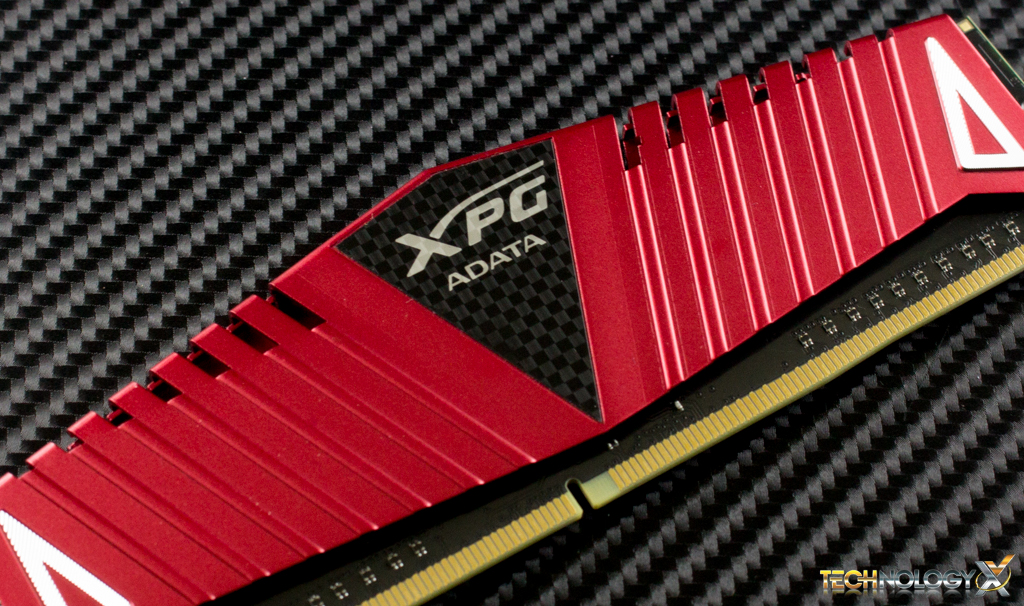
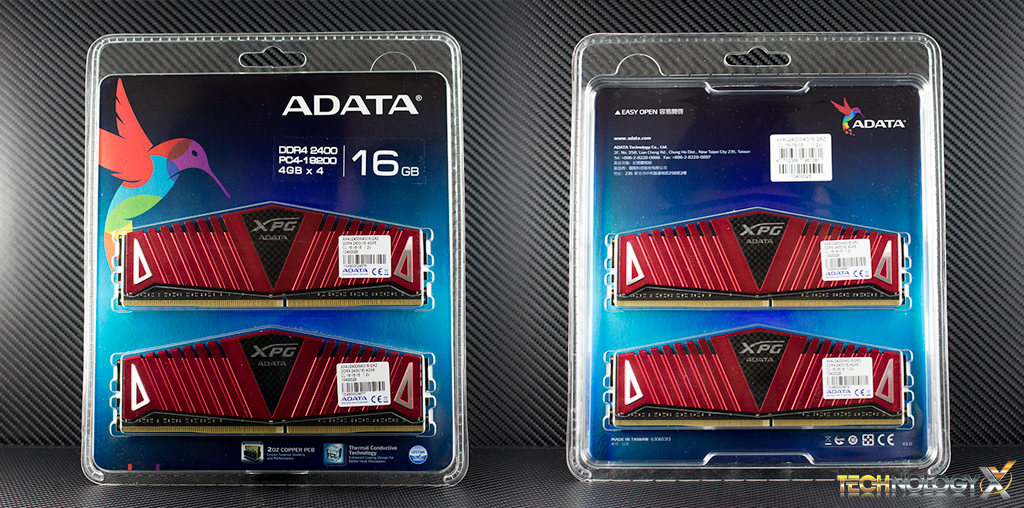
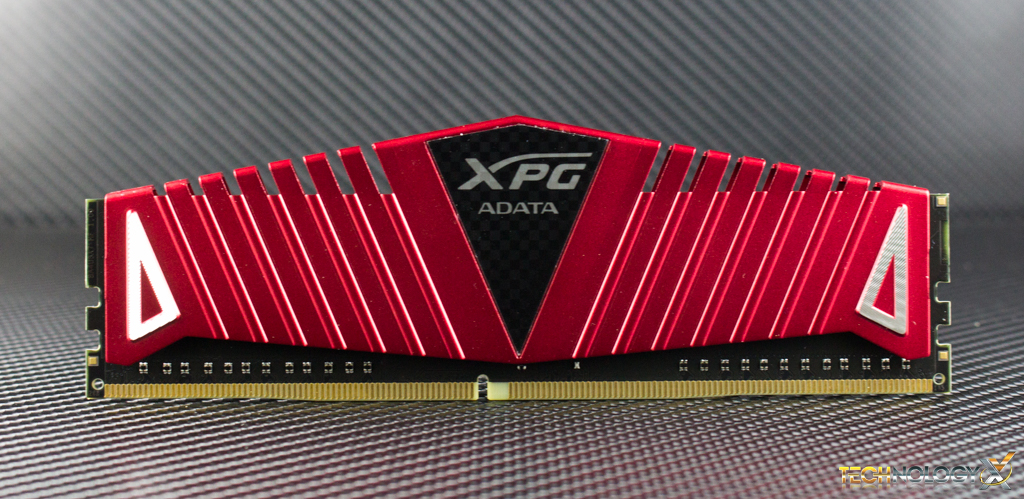
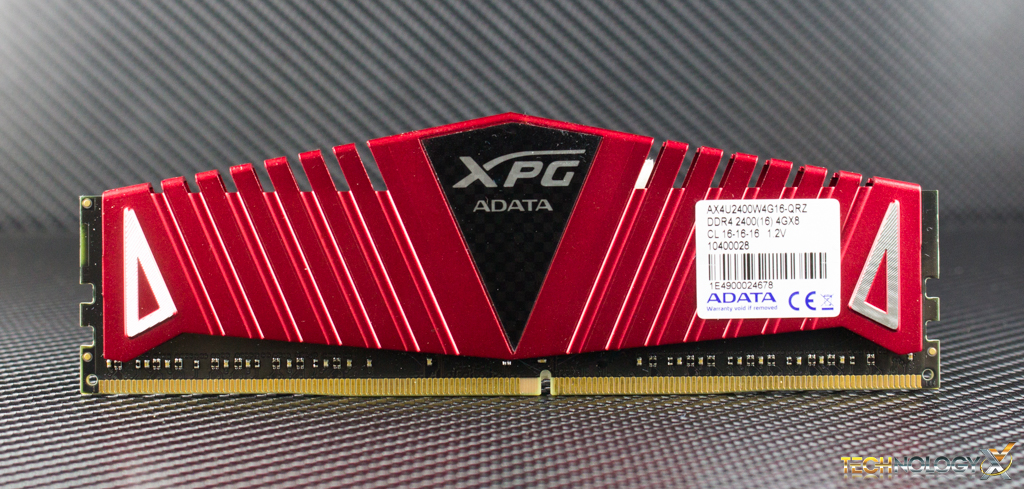
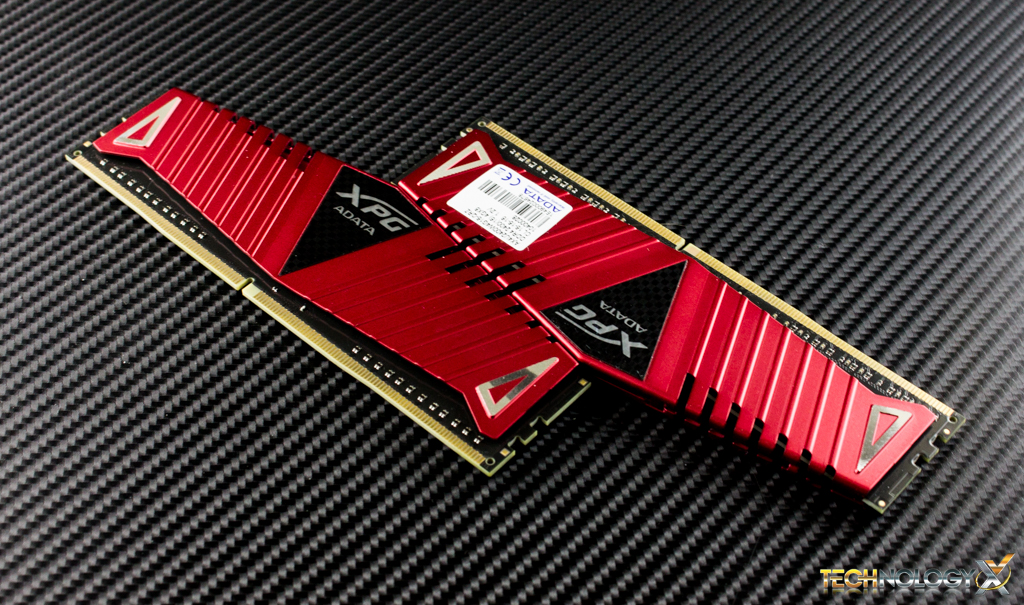
looks like you might have Samsung chips have you tried trd tcrp 16 or 17 when overclocking ? they don’t scale at 15
Hi thanks for the comment, and the tip!
I did in fact try 16, but not 17 when overclocking. Unfortunately, due to time constraints we don’t get to test the RAM as vigorously as we’d like when overclocking, I still have this kit installed, so I may just try turning it up to 17, and report my findings, time allows.
Thanks again for your feedback.